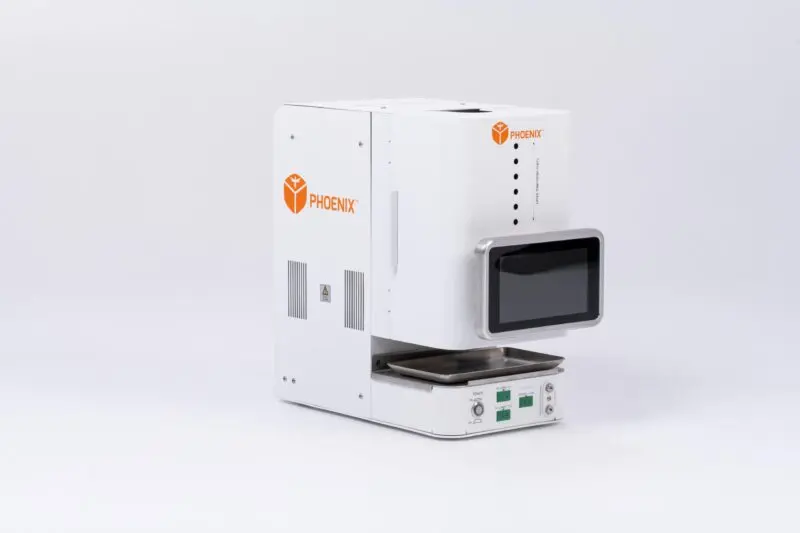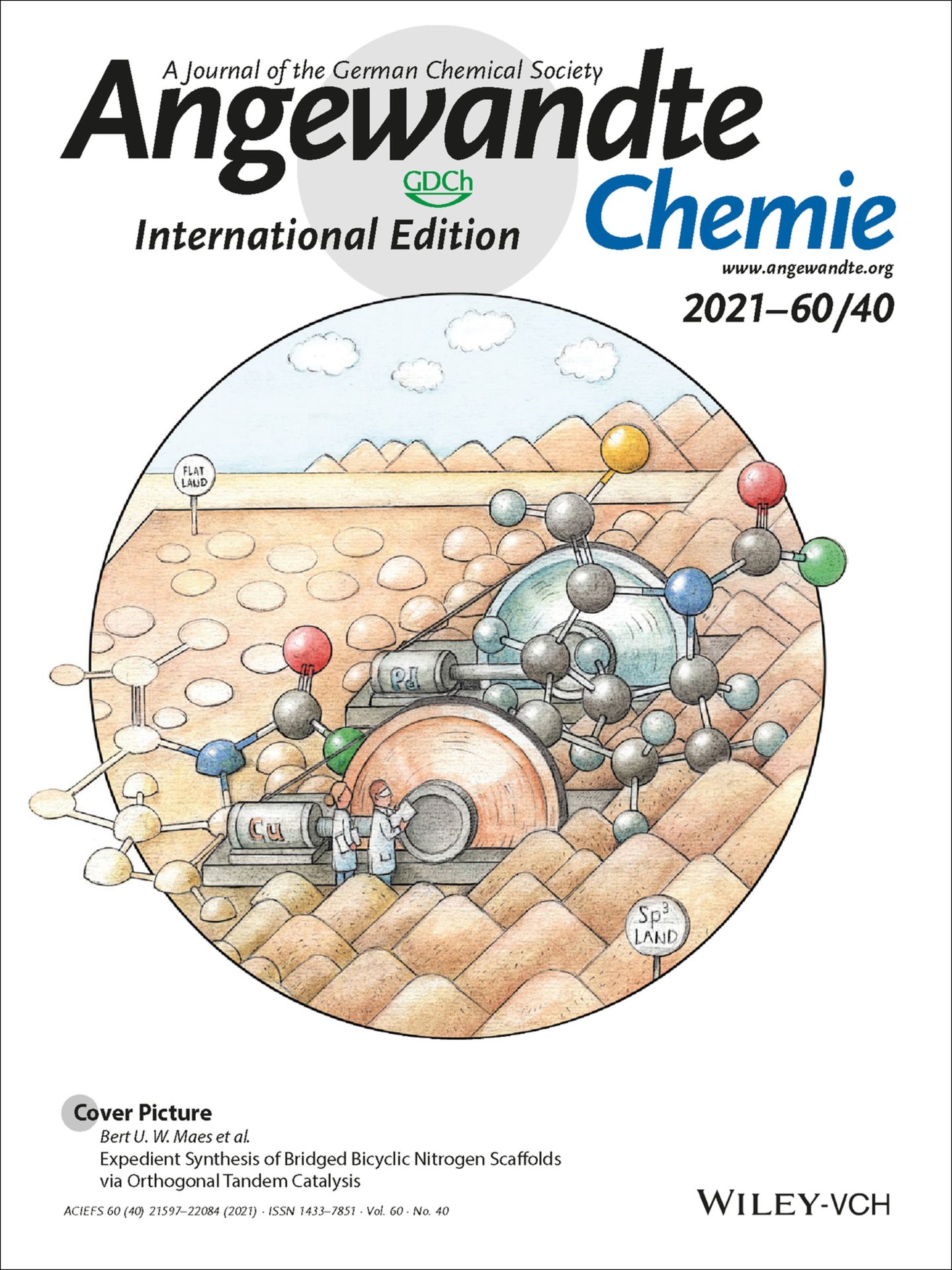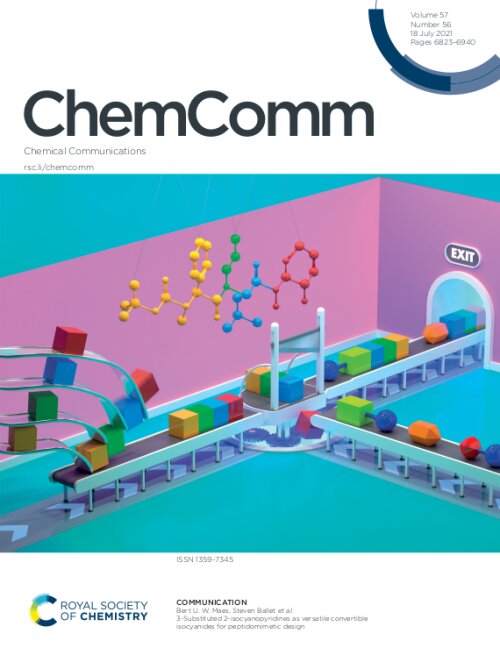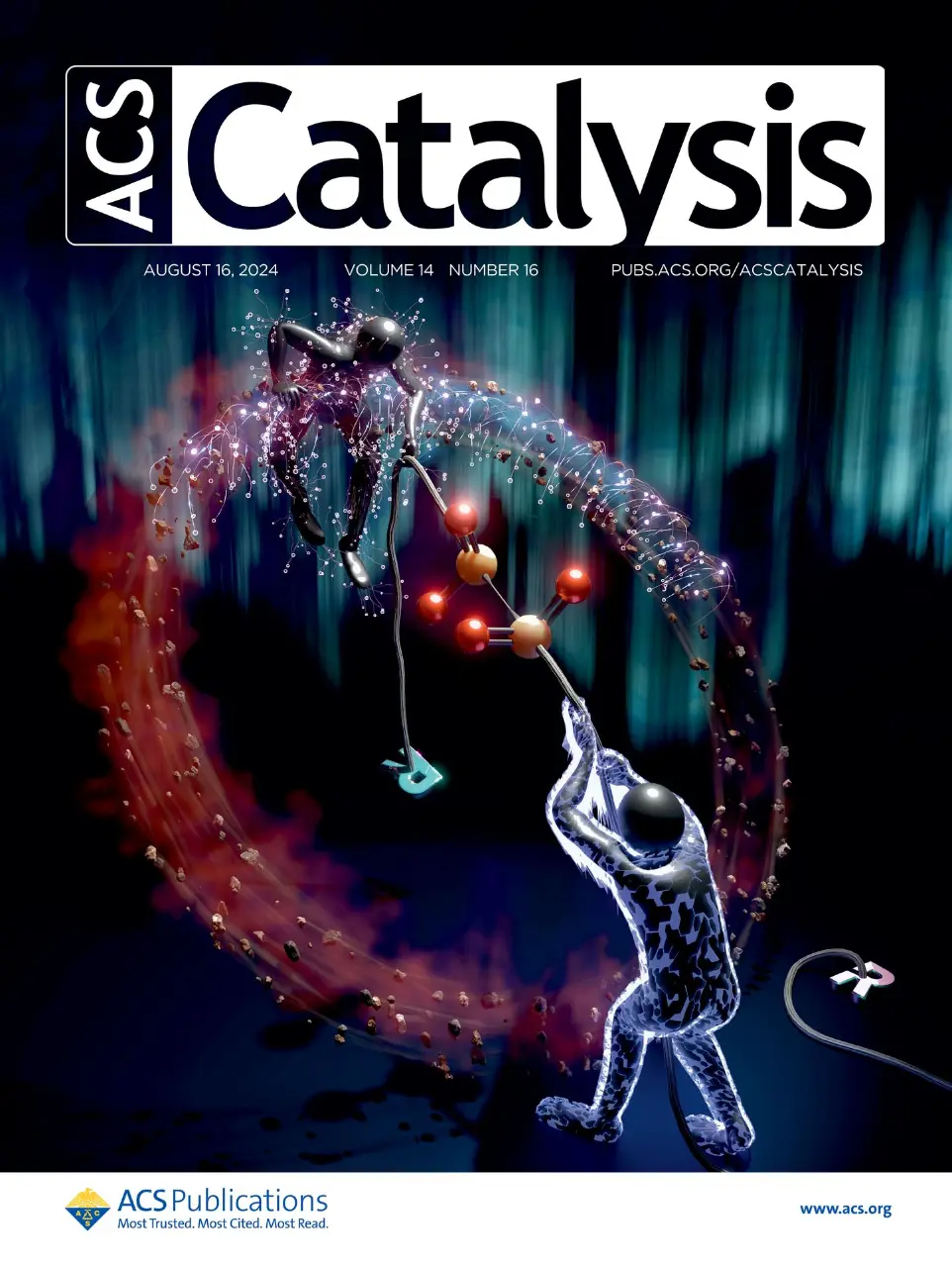Our Research
The core expertise of the Maes group of the ORSY division is the development of sustainable synthetic methodologies, both catalytic and non-catalytic. These organic synthesis methods start from renewable as well as petrochemical derived building blocks. The renewable platform molecules are derived from products of wood biorefinery and fermentation of 2G carbohydrates, hereby contributing to a transition to a low-carbon chemical industry of the future. The developed methods are evaluated by Green Metrics on their greenness. The Maes group participates in many Flemish/Belgian and European multipartner projects. Based on the expertise of the group there are multiple collaborations with chemical and pharmaceutical companies in the chemical industry.
Biobased Chemicals
Biobased platform chemicals originating from abundant renewable resources which are not in competition with the food chain (e.g. non-edible biomass residues and waste streams from biomass, collectively known as second-generation (2G) biomass) are a key aspect to transition to the chemical industry of the future. Biorefinery of lignocellulose feedstock provides renewable platform molecules on which further chemical conversion is studied. Interestingly, the smart use of functionalities already present in these biobased molecules opens pathways towards new molecules and/or new applications which are hardly accessible via fossil-based feedstock. Our team develops new chemical methodologies for the transformation of biobased building blocks into new and drop-in commodity, fine and specialty chemicals. One example is our work on the (de)functionalization of lignin monomers (guaiacol and syringol derivatives) originating from wood biorefinery towards fine chemicals. Another example is the transformation of muconic acid obtained through the fermentation of 2G carbohydrates into derivatives of levulinic acid, an emerging biobased platform molecule.
Selected publications:
X. Wu, M. Bal, Q. Zhang, S.-T. Bai, I. Scodeller, W. Vermandel, J. Yu, B. U. W. Maes, B. F. Sels, J. Am. Chem. Soc. 2025,
6, 4915–4929.
M. Bocus, E. Van Den Broeck, X. Wu, M. Bal, J. Bomon, L. Vanduyfhuys, B. F. Sels, B. U. W. Maes, V. Van Speybroeck, Nat. Catal. 2025, 8, 33–45.X. Wu, E. Smet, F. Brandi, D. Raikwar, Z. Zhang, B. U. W. Maes, B. F. Sels, Angew. Chem. Int. Ed. 2024, e202317257.
G. De Smet, X. Bai, B. U. W. Maes, Chem. Soc. Rev. 2024, 53, 5489–5551.
C. Ver Elst, R. Vroemans, M. Bal, S. Sergeyev, C. Mensch, B.U.W. Maes, Angew. Chem. Int. Ed. 2023, e202309597.
J. Bomon, E. Van Den Broeck, M. Bal, Y. Liao, S. Sergeyev, V. Van Speybroeck, B. F. Sels, B. U. Maes, Angew. Chem. Int. Ed. 2020, 59, 3063–3068.
Strong bond activation
Our team has a long-standing expertise on the activation of challenging unreactive bonds. Initially, this research solely focused on C-H bond activation but more recently has been extended to C-O, C-N and C-C bonds. The synthetic methods developed are primary targeted towards renewable building blocks, considering the prevalence of these strong bonds in biobased molecules and the need to develop efficient methods to transform these into new functionalities. Special attention is given to the development of methods allowing to access building blocks and products for the chemical industry. During method development both economic (e.g. avoidance of costly reactants) and environmental aspects (use of green solvents, application of abundant transition metals in catalytic reactions) are taken into account. For the latter, reactions are analyzed with green metrics.
Selected publications:
C. Jacob, J. Annibaletto, J. Peng, R. Bai, B. U. W. Maes, Y. Lan, G. Evano, Angew. Chem. Int. Ed. 2024, 63, e202403553.
K. Gadde, N. R. Bheemireddy, J. Heitkämper, A. Nova, B. U. W. Maes, ACS Catal. 2024, 14, 1157–1172.
G. De Smet, X. Bai , C. Mensch, S. Sergeyev, G. Evano, B.U.W. Maes, Angew. Chem. Int. Ed. 2022, 61, e202201751.
S. Biswas, B. F. Van Steijvoort, M. Waeterschoot, N. Reddy Bheemireddy, G. Evano, B. U. W. Maes, Angew. Chem. Int. Ed. 2021, 60, 21988–21996.
C1-reactants
One carbon (C1) reactants play an important role in many organic reactions and therefore are extensively studied in our team. Transition metal-catalyzed carbonylation reactions using CO, either directly or in situ generated from CO₂ through catalytic hydrogenation, are studied such as the carbonylation of olefins with di- or polyols efficiently providing di- or multiesters. Isocyanides, imine derivatives of CO, have a structural diversity point (a nitrogen substituent) contrary to CO but show a similar reactivity. Transition metal-catalyzed reactions involving isocyanides are developed in the team as these offer tremendous opportunities to introduce a nitrogen functionality and hence for heterocycle synthesis. Additionally, we develop new shelf-stable and renewable C1-transfer reactants to replace phosgene, as exemplified by 4-propylcatechol carbonate derived from biomass and CO₂, for e.g. sustainable synthesis of carbamates and amides.
Selected publications CO and CO₂:
E. Renders, Z. Dobi, K. Weemaes, J. Bomon, C. Mensch, G. De Smet, N. R. Bheemireddy, W. Herrebout, B. U. W. Maes, ACS Sustainable Chem. Eng. 2024, 12, 15935–15947.
Y. Hu, R. Sang, R. Vroemans, G. Mollaert, R. Razzaq, H. Neumann, H. Junge, R. Franke, R. Jackstell, B. U. W. Maes, M. Beller, Angew. Chem. Int. Ed. 2023, e202214706.
R. Sang, Y. Hu, R. Razzaq, G. Mollaert, H. Atia, U. Bentrup, M. Sharif, H. Neumann, H. Junge, R. Jackstell, B. U.W. Maes, M. Beller, Nat. Commun. 2022, 13, 4432.
Selected publications RNC:
T. Roose, F. McSorley, B. Groenhuijzen, J. M. Saya, B. U. W. Maes, R. V. A. Orrù, E. Ruijter, J. Org. Chem. 2023, 88, 17345–17355.
D.S. Verdoorn, P. Ranjan, T. de Reuver, E. Janssen, C.M.L. Vande Velde, J.M. Saya, B.U.W. Maes, R.V.A. Orru, Org. Lett. 2023, 25, 4005–4009.
Enabling techniques
Photocatalysis:
Visible-light photocatalysis has emerged as a powerful strategy to generate radicals for organic reactions. In contrast to thermal activation, visible-light can safely, reliably and energy-efficiently be generated by commercial LED sources and commonly allows selective reactions as a low temperature is maintained during the reaction. Furthermore, it has the potential to replace the use of toxic or highly reactive radical precursors such as Bu₃SnH. In this context, our team has been developing methods for the functionalization of widely available alkenes using organosulfur reactants featuring S-S bonds, such as thiosulfonates and disulfones. These are emerging reactants in organic synthesis. Here, focus is given to the use of organophotocatalysts over more commonly used, expensive and scarce noble metal based photocatalysts and the selection of sustainable solvents whenever possible to fully unlock the green potential of visible-light photocatalysis.
Selected publications:
D. De Vos, A. V. Cunha, B. Bongsuiru Jei, B. U. W. Maes, ACS Catal. 2024, 14, 12282–12296.
K. Gadde, P. Mampuys, A. Guidetti, H. V. Ching, W. A. Herrebout, S. Van Doorslaer, K. Abbaspour Tehrani, B. U. W. Maes, ACS Catal. 2020, 10, 8765-8779.

Flow chemistry:
Although batch reactors have their own advantages such as a robust design, versatility and ease of operation, continuous flow reactors have considerable processing advantages for chemical production. Reactions can be run at high temperatures and pressures in a safe manner, the excellent heat transfer and mixing lead to reduced reaction times and improved selectivities towards target compounds, suspensions can be processed, and upscaling becomes much more convenient by “numbering up” or “scaling out”. In addition, heterogeneous catalysts can be used in a packed bed reactor, eliminating the downstream catalyst separation step. Continuous flow production units have a small footprint and can be easily adapted to changes in demand and supply. These aspects make flow chemistry the ideal technology to develop sustainable processes for production of new and drop-in commodity, fine and specialty chemicals. A ThalesNano Phoenix flow reactor is used to continuously produce chemicals based on the novel chemical transformations developed, hereby providing a proof-of-concept for scalability.



